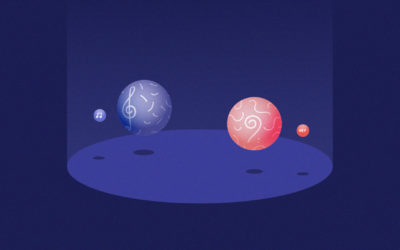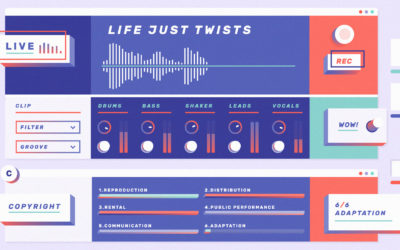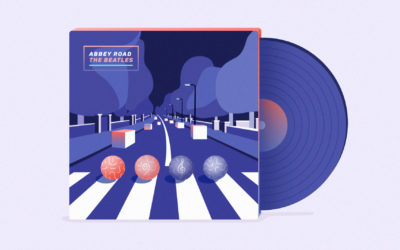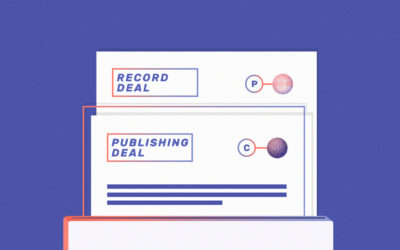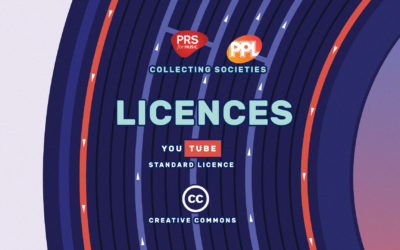5. SELF-RELEASE: DISTRIBUTING MUSIC DIRECTLY TO THE PUBLIC
Tina and Ben are faced with numerous decisions about how best to reach an audience and make money from the copyright in their song but they are unsure which route to follow.
The traditional option would be to make a deal with a music publisher and seek a contract with a record company. Given the high production and marketing costs in the pre-digital era, these companies were once seen as crucial ‘gatekeepers’ for creators with serious commercial ambitions for the copyright in their works.
However, in the digital age many costs involved in recording and marketing music have been significantly reduced by the availability of affordable, accessible technologies. Moreover, in response to the so-called ‘digital revolution’, various digital distributors and music aggregators have emerged offering access to large, disaggregated global audiences on music download and streaming services meaning that ‘DIY’ creators can now self-release their music affordably and easily.
Ben is aware of the opportunities to instantaneously transmit their music to potentially vast online audiences, but Tina is concerned that they will not be able to get paid for doing so. However, copyright protects songs and recordings in the digital sphere just as it does in the physical world.
Indeed, perhaps the biggest benefit in choosing the self-release route to market is that Tina and Ben would retain full control of the economic rights in the song and in the recording rather than sharing them with a third party such as a music publisher or record label.
While this approach may seem like an attractive alternative to the traditional model, the benefits are likely to be offset by significant costs. Tina and Ben would be responsible, not only for paying for the recording, but also a host of other expenses traditionally covered by publishers and record companies such as marketing.
The decision to ‘sign a deal’ or alternatively follow the ‘DIY’ self-release approach therefore contains considerable unknown costs and benefits. What is far more certain is that without a sizable audience it is unlikely that Tina and Ben will be able to make a living from the copyright in their music. The challenge for them is judging how best to reach and capitalise on these audiences.
In this context it is important to remember that the vast majority of new creators that achieve mainstream commercial success are contracted to record companies and music publishers. This suggests, even with the advent of affordable technology and accessible audiences, record companies and music publishers continue to perform a vital role for many creators.
More Tracks
1. What constitutes a song?
A song is the combination of melody and words. Each is protected by copyright: the melody as a musical work and the lyrics as a literary work. One or the other could be used separately and still be protected.
2. Protecting your song
Copyright law protects against copying so the song must be ‘original’ and in some ‘fixed’ form (that could be copied). Tina and Ben could fix the song by recording it on a mobile phone or any other means of doing so, e.g. by writing it on a piece of paper.
3. Sound Recording Rights
The copyright in a sound recording is different from the copyright in a song in a number of significant ways.
4. Publishing and Recording Deals
Traditionally there are two main types of contracts or ‘deals’ musicians are likely to seek in order to reach a wider audience: a music publishing deal and a record deal.
6. Public Performance, Royalties and Collecting Societies
To reduce transaction costs for rights holders and rights users alike, collecting societies have been established in order to collectively negotiate and issue blanket licences to users, and to collect and distribute royalties to rights holders.
7. Licences
Aside from lyrics and melody of the song, and the recording of the music, copyright also subsists in the script, the artwork, the voiceover and the film/video itself.

